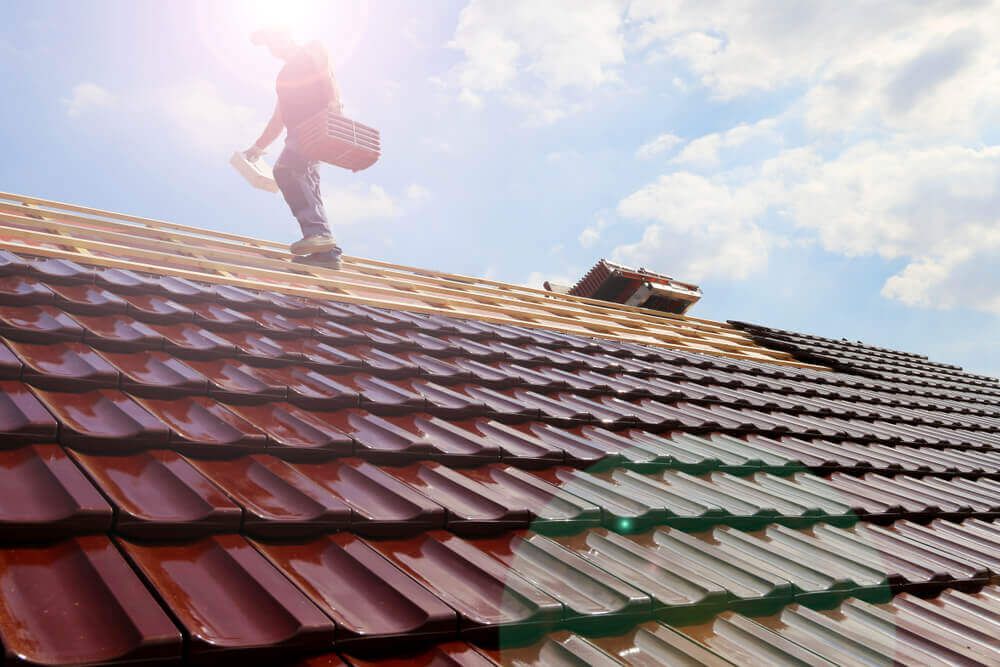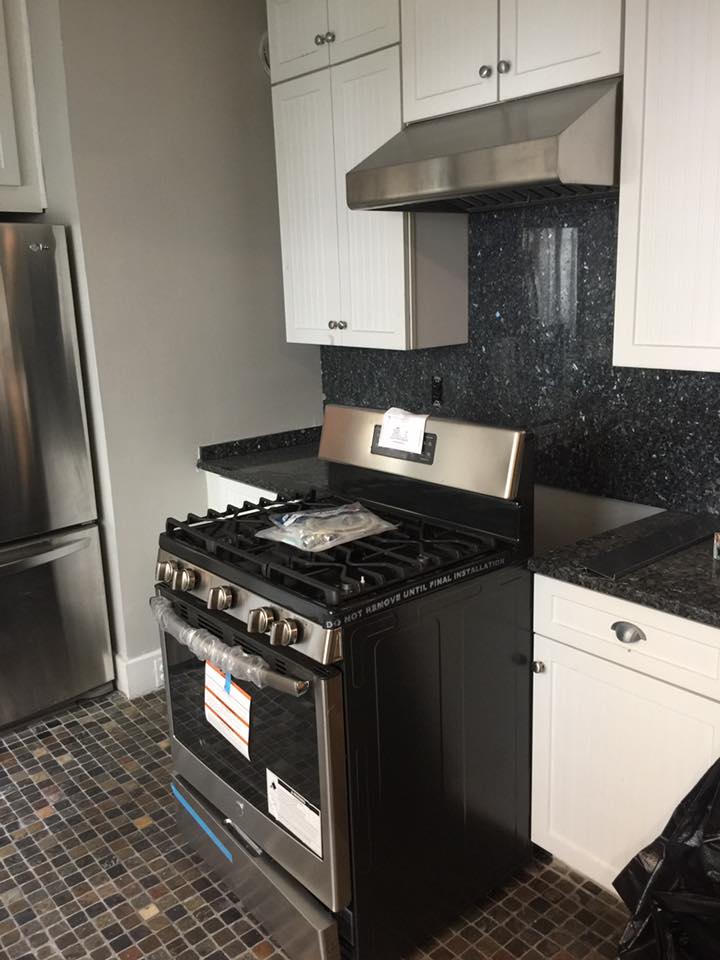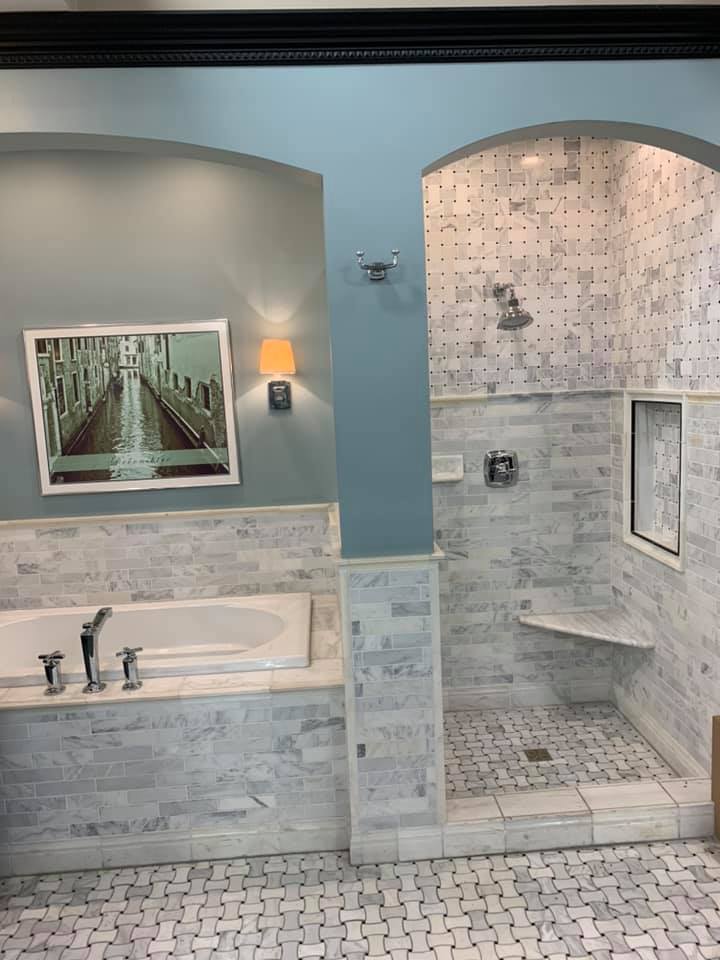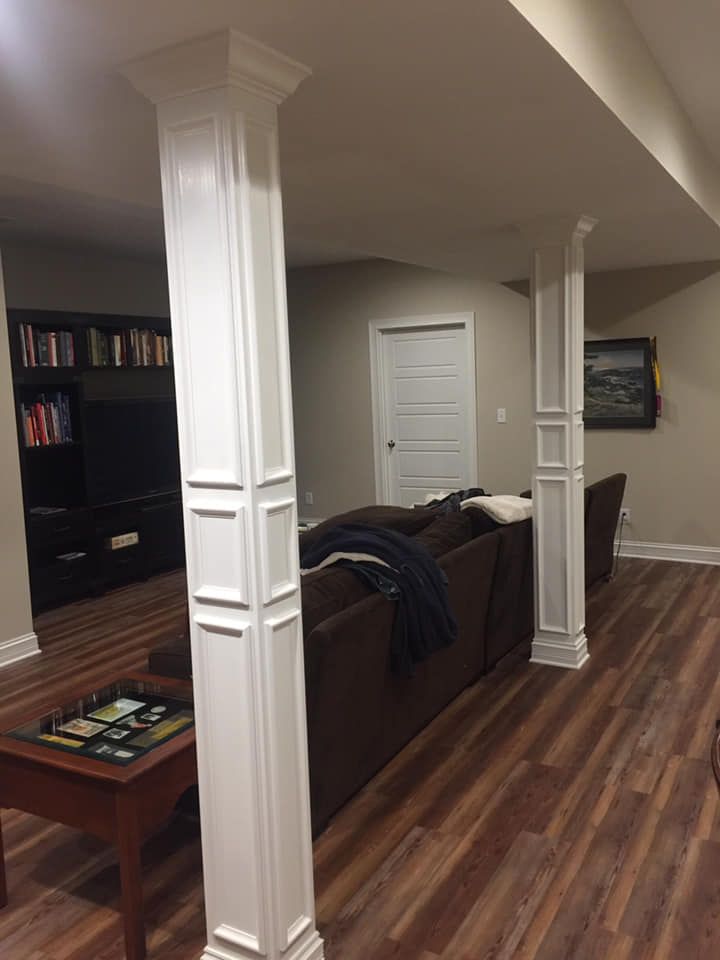502-888-1396
All estimates are FREE!
Give us a call or text us today.
Serving Louisville, KY & Surrounding Areas
Blog Layout
Secrets Behind Roof Longevity
Admin • February 28, 2020
Secrets behind roof longevity – from attic insulation in winter to year-round maintenance
Leaving bedroom makeovers and kitchen remodeling aside, roof installation comes as the most costly home improvement project. To make sure that your investment will not vanish, it does make sense to take care of roof maintenance. This will allow you to extend its lifespan and eliminate the need of re-roofing every other year. Many homeowners in the U.S. believe, though, that mold inspection once in a while is quite enough for this purpose. The fact is that upkeep matters are way more taxing.
In the best-case scenario, your roof must serve you as long as you live in a house. But did you know that the average life expectancy of roofing is about 15-20 years? Of course, there are many factors that influence its lifespan, including design, material, and climate, but you should still never expect a flat roof to last for half a century.
If regular re-roofing is not at the top of your agenda, you have to uncover the secrets behind roof longevity. Whether it’s about asphalt shingles or wooden shakes, commercial or residential buildings, it all comes down to proper inspection and maintenance.

Attic insulation as a necessary preventative measure
At first, make sure your attic is properly insulated and ventilated. This will not only provide a consistent flow of air inside the building but also help you lower the energy bills, resulting in normal temperature conditions in winter and summer. Remember, even if you are using your attic as a place for storage, it still requires adequate upkeep.
Attic insulation also serves as an additional barrier that protects your house against roof leaks and mold growth. If your shingles fail to ensure integrity, it is insulation that prevents water from penetrating the covering. That is why it comes as a priority when preparing your home for winter – when there is a high risk of ice dams.
Ice dams on the roof surface can be a real headache for homeowners. When accumulated at the eaves, snow blocks a drainage system and leads to the unwanted build-ups which may cause leakage and, thus, severe damage to the building. By insulating your attic, however, these risks can be minimized, especially if combined with other preventative measures.
Here are the most useful tips on how to prevent ice dams on a roof:
- Make sure your gutters and downspouts are free of debris so that meltwater can run down through them without being accumulated at the eaves.
- Remove snow from your roof as far as possible. You can use a roof rake to do it yourself. Better yet, hire a contractor to get the job done professionally.
- Install gutter heaters to melt snow build-ups and prevent blockage. Roof heating cables are proven to be the best for this purpose.
So, all you need to prevent ice from accumulating on your roof is to implement some measures. Combine them with the proper insulation, and you’ll never have to deal with unwanted dams again. Nowadays, there are many types of insulation that vary in thickness, density, and thermal effectiveness, known as R-value. The most popular of them for attic applications are spray foam, batts, blankets, and structural insulated panels.

Make your roof maintenance go beyond mold inspection
To lay the foundation for the longevity of your roof, you have to carry out routine maintenance, no matter the time of the year. Whether it’s summer or fall, it is crucial to watch out for potential issues which may compromise the integrity of uppermost parts of the building. Here are the most common signs of poor roofing you should be wary of:
- damaged or missing shingles;
- corroded flashings;
- shrinkage of the roof membrane;
- holes on the roof surface;
- loss of shingle granules;
- water stains on a ceiling or walls;
- damaged vents, downspouts, or gutters.
As a homeowner, you can always take care of roof upkeep yourself. But if you need expert advice on the well-suited types of insulation for your covering and want to get all roof repairs done decently, give Home Run Improvement a call. We have state-of-the-art equipment, consummate skills, and many years of experience in serving clients in Kentucky and meeting all their roofing needs. In other words, we have all it takes to prolong the life of your roof while trimming your unnecessary expenses.
SERVICE AREA
OFFICE HOURS
- Mon - Fri
- -
- Sat - Sun
- Closed
© 2025
All Rights Reserved | Home Run Improvement
Designed by Flypaper - Louisville | Privacy Policy





